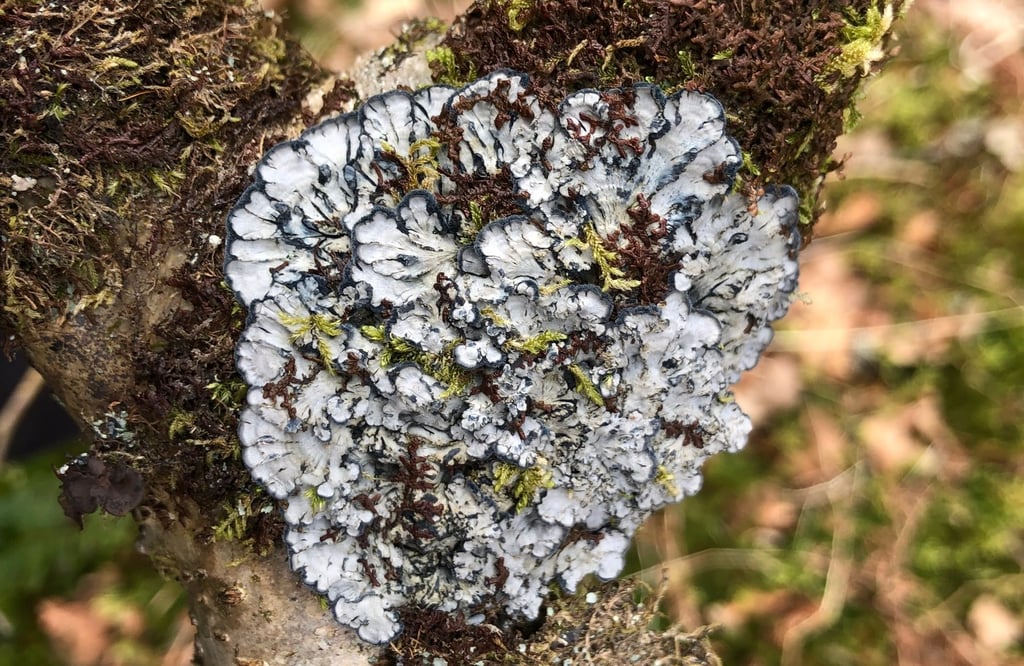Pectenia cyanoloma
New favourite lichen
LICHENSATLANTIC RAINFORESTSPECIES SPIELS
Innes Manders
4/19/20251 min read


Pectenia cyanoloma is my new favourite lichen. Dobson says it looks a bit like a very old cow pat. Bit harsh I think. Perhaps that says something about me. It's bad enough being the one interested in lichens without picking the cowpat lookalike as your favourite.
P. cyanoloma can be separated from other Degelia/ Pectenia species by the lack of isidia and squamules, and the presence of concentric rings (clearly visible in the image above). See Dobson, 2023, p.174.
P. cyanoloma is listed on the Southern Oceanic Woodlands Index (SOWI) and on the Boreal Woodlands Index BWI (Sanderson et al., 2018) - under its old name Degelia cyanoloma.
The SOWI is primarily intended to assess lichen rich areas of oceanic woodland in Southwest England and Wales.
The BWI is intended to assess lichen rich areas of Caledonian pine woodland and highland birchwoods in upland Scotland. Highland birchwoods in western areas are covered by the Upland Rainforest Index (URI).
However, this species appears to have a very western distribution across Scotland and is not recorded in Southern England, and in only a single hectad in Wales. The photo above was taken in an Atlantic hazelwood in. Argyll, where it is surprisingly abundant.
However, P. cyanoloma is a nationally scarce species for which Britain has international responsibility (Pectenia cyanoloma | The British Lichen Society). In fact, almost all global records for this species are in Scotland and Ireland.
I'd be interested to hear anyone's thoughts on why this species is not included in the Lowland Rainforest Index (LRI)? Perhaps because it was at one point considered a variant of Degelia plumbea / Pectenia atlantica, which occurs further South and East?
I haven't yet managed to set up a comments section on here, but if you know the answer to do this, please do send me an email.
Catkin Ecology
Finding Scotland's missing habitat
CONTACT US
info@catkinecology.co.uk
+44 7918 024809
© 2025. All rights reserved.
